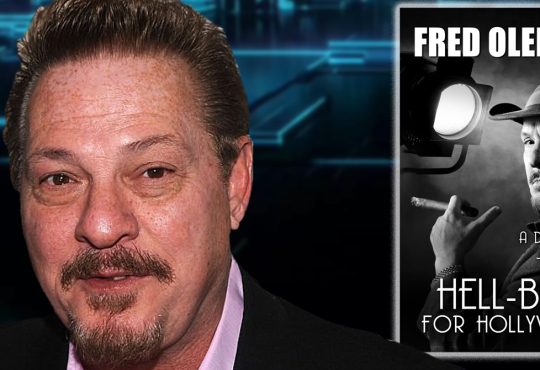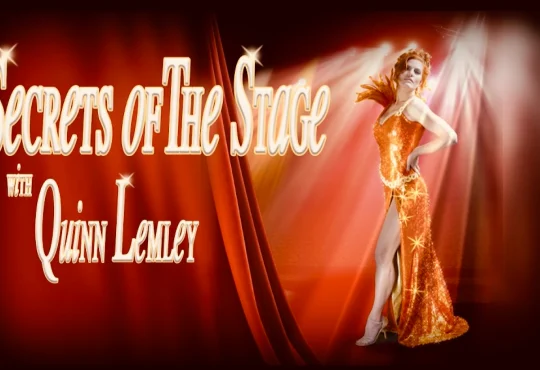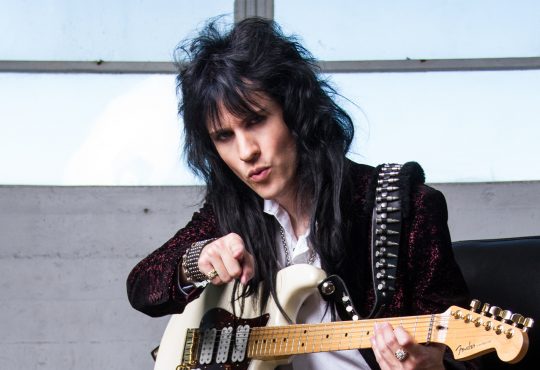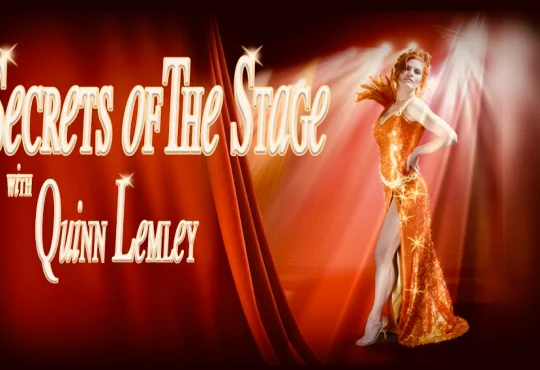‘The Book of Boba Fett’ Recap: A Daimyo Out of His Depth
A review of this week’s The Book of Boba Fett, “The Streets of Mos Espa,” coming up just as soon as I imprint on the first human I see…
It’s funny to think of how excited so many Star Wars fans were when The Mandalorian Season Two ended with that glimpse of Boba and Fennec seizing Jabba the Hutt’s palace and empire from Bib Fortuna. Through the first three episodes of this series, the far more interesting element has instead been the flashbacks to Boba’s stint as an adopted member of the Tusken raiders.
Why the creative imbalance? After all, Boba is out of his element in both timelines, and the present-day scenes feature his famous armor, Ming-Na Wen(*), and lots of other excellent actors playing characters with names and clearly delineated personalities. But the Tusken sequences repeatedly show Boba triumphing over adverse conditions — living up to the legend he never really earned in the original films — while his attempt to play Daimyo continues to present him as all helmet and no cattle. He’s out of his depth as a crime boss, but he’s also just plain bad at fighting(**), continually needing to be bailed out by Fennec and others. And the conceit of using his time in the bacta tank to trigger each Tusken flashback only serves to make him seem physically frail.
(*) In case you missed it, here’s our interview from last week with Wen and Temuera Morrison.
(**) It doesn’t help that we now have two seasons of Mando kicking ass under circumstances as rough as, if not rougher than, the fights we’ve seen Boba get into here. In theory, Mando should come across as a poor imitation of Boba, but the opposite seems true at the moment.
Some or all of this may be intentional on the part of Jon Favreau, Robert Rodriguez, and friends. The Tusken timeline may eventually reveal that Boba suffered grave injuries on behalf of his new brothers and is struggling to get by as a shadow of his former self, for instance. And the goal of the season is obviously to show Boba learning on the Daimyo job. After all, what fun would Breaking Bad have been if Walt knew how to be a meth kingpin from the very first episode? But even so, the series has come to life far more vividly and consistently out in the desert with the Tuskens than it has with Fennec and company.
As its title suggests, “The Streets of Mos Espa” spends the bulk of its time in the present-day story. Early on, we see the immediate aftermath of last week’s great train robbery: Boba takes a bantha ride to Mos Eisley to collect protection money from the Pykes(*), only to return to his camp to find it burned, and many of his comrades killed. The perpetrators appear to be the biker gang we’ve seen hanging around Tosche Station in earlier episodes. But the villains in the Daimyo scenes are eventually revealed to be the Pykes, suggesting that they may have either paid the bikers to kill the Tuskens, or are framing them to pit the two different nuisances against one another.
(*) The Pyke boss is played by ace voice actor (and Mad TV alum) Phil LaMarr, who has played a lot of roles — most notably Bail Organa — on the various Dave Filoni-produced Star Wars animated shows.
Mostly, though, we’re spending time in the palace and/or Mos Espa, as Boba continues to learn that uneasy lies the head that wears the crown. Local water monger Lortha Peel (played by the always wonderful Stephen Root) suggests that no one in Mos Espa respects the new Daimyo; then Boba goes and makes an enemy of Peel by hiring the gang of moped-riding cyborgs(*) who had been stealing from Peel rather than forcing them to pay in full for the wildly overpriced water(**) they stole from him. Peel is certainly not innocent in this scenario, but the incident feels like another that is going to foment distrust and disrespect from Boba’s subjects.
(*) The gang’s leader is played by Sophie Thatcher, whom you might recognize as the teenage version of Natalie over on Yellowjackets.
(**) It turns out that income inequality and price-gouging also exist in a galaxy far, far away.
The juvenile delinquents at least give Boba a respectably-sized entourage, and they come in handy when the Hutt twins’ Wookiee assassin Krrsantan yanks Boba out of the bacta tank and tries to crush him to death. It’s yet another fight where Boba is mostly useless, and the rest of his crew only barely wins when Fennec is able to drop Krrsantan through the trap door into the Rancor pit. Way back on Star Trek: The Next Generation, the writers tended to let Worf get beat up to demonstrate how dangerous that week’s bad guy was. For some reason, this show’s title character is getting the Worf treatment.

Disney+/Lucasfilm Ltd.
Spending two weeks in a row on the empty pit does have an exciting payoff, though. The twins decide to leave Tatooine rather than fight with the Pykes, and as a parting gift leave Boba with a new Rancor and its trainer — played by Danny effing Trejo, who instantly seems like someone who’s been part of Star Wars for all our lives. There’s a moment in Return of the Jedi where, after Luke kills Jabba’s Rancor, the camera cuts briefly to the Rancor’s keeper, crying his eyes out. No less than Roger Ebert once cited that moment as emblematic of what made Star Wars special, because the abundance of small details like the keeper’s affection for his monster made this fictional universe feel real and lived-in. Through Trejo’s character, we learn more about the bonds between Rancors — which he describes as “emotionally complex creatures” — and their trainers, and between Rancors and their masters. And Boba’s desire to ride his new pet, rather than just keeping it in the dungeon as potential punishment for his foes, offers the promise of some real mayhem in this season’s later episodes.
Ebert likely also would have approved of the number of fruit carts overturned while Boba’s new crew chases the mayor’s cowardly majordomo through Mos Espa. This is yet another sequence where Boba basically does nothing — to the point where it’s almost startling to be reminded that, yes, he has a jet pack and easily could have caught this guy himself. It’s a delicate dance between Boba learning to delegate in his new role as boss and Boba feeling neutered as a character, and the creative team hasn’t quite solved that problem yet.
At the same time, both the palace fight and the speeder chase are much better staged bits of action than the stuff Robert Rodriguez directed back in the premiere. And revealing the Pykes as the season’s main villains (barring another twist) at least gets rid of a mystery box element that wasn’t really working. But even in a very small dose this week, the flashbacks continue to outweigh what’s been treated as the primary story of The Book of Boba Fett. In a short season, there’s not a lot of time left to get the two timelines onto equal footing with one another.







